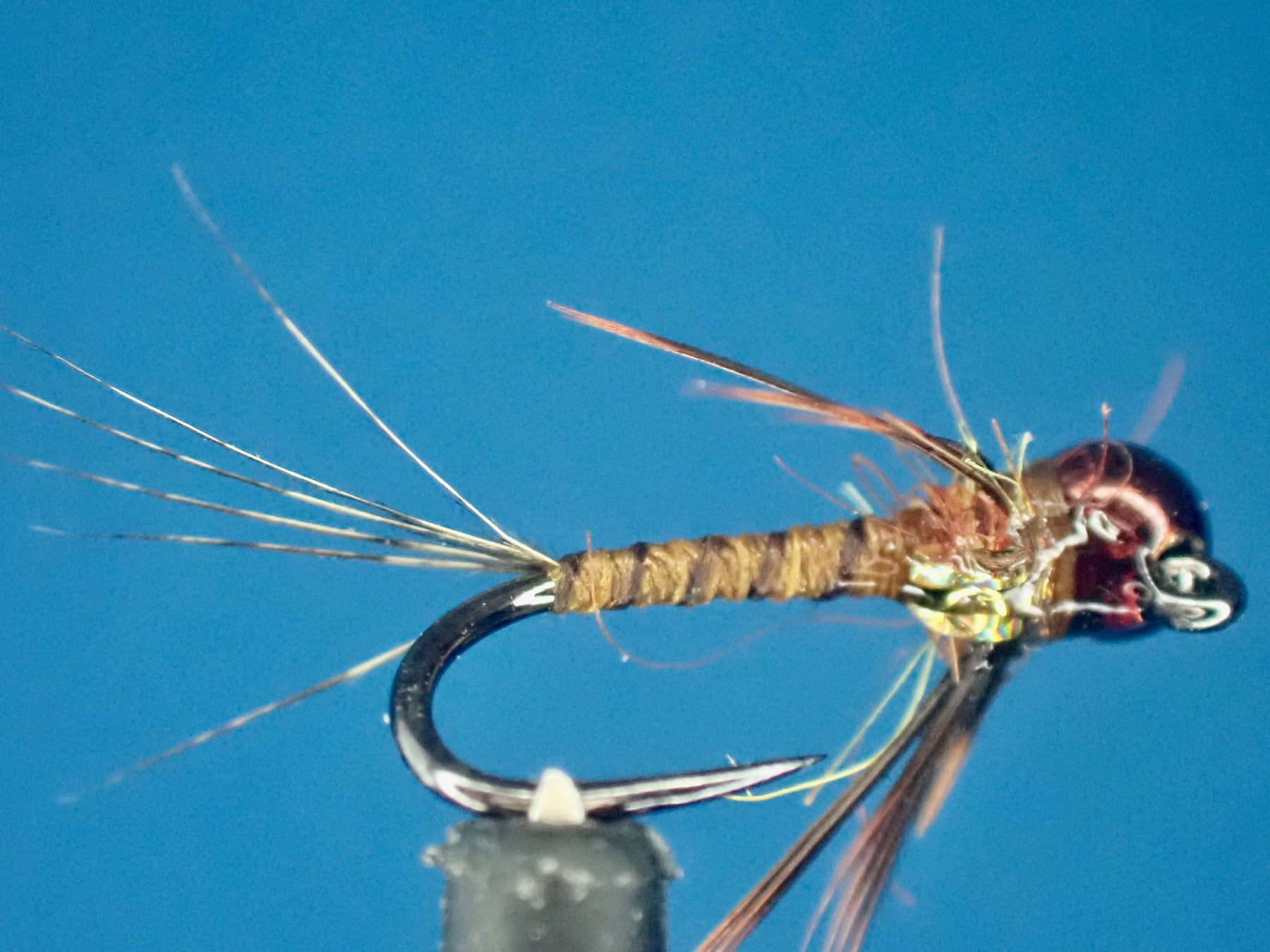Free Shipping in the USA
on orders over $100

The Importance of PMD Insects in a Fish Diet: A Comprehensive Guide
Understanding PMDs:
Pale Morning Duns are known for their delicate appearance and pale-colored body that give them their distinctive name. These insects hatch in various regions across the United States, Canada, UK, and Europe, making them a prevalent food source for trout and other freshwater fish species around the world.Differences Between PMD Varieties:
Within the PMD family, one common species is the Pale Evening Dun (PED). Despite the name similarity, there are notable differences between the two. While both PMDs and PEDs are mayflies, they hatch at different times of the day and under varying weather conditions.PMDs typically hatch during the morning hours, hence their name, while PEDs emerge in the evening. Understanding these nuances is essential for anglers as it dictates the timing and selection of appropriate fly patterns for a successful fishing outing.
Regional Hatch Chart:
For anglers seeking to capitalize on PMD hatches, understanding regional hatch charts is invaluable. Below is a simplified hatch chart for PMDs across different regions:United States:
Western Rivers: April to August
Eastern Rivers: May to July
Canada:
Alberta: June to August
British Columbia: June to September
UK:
England: May to August
Scotland: June to September
Europe:
France: May to July
Germany: June to August
Best Times and Weather Conditions for Hatches:
The best time of day for PMD hatches varies depending on the species. For PMDs, mornings are prime, while PEDs emerge in the evenings. Weather conditions also play a significant role, with overcast skies and moderate temperatures often triggering hatches. However, each water body may have its unique characteristics, so observation and adaptation are key.
Top Patterns for Imitating PMDs:
Matching the hatch with accurate patterns, or attractors is proper shades, silhouette, and size is essential for success in fly fishing. Here are some top patterns for imitating PMDs in various stages of their lifecycle:
Dry Flies:
Parachute PMD
Sparkle Dun PMD
Comparadun PMD
Soft Hackles (Wet Flies):
Soft Hackle PMD
PMD Pheasant Tail Soft Hackle
Cripples:
PMD Cripple
Quigley's Film Critic PMD
Emergers:
RS2 PMD Emerger
Film Critic PMD Emerger
Nymphs:
PMD Pheasant Tail Nymph
Tungsten Bead PMD Nymph
Supernova PMD Jig Nymph Tying Tutorial:
Supernova PMD Jig Nymph Materials List:
- Hook: Moonlit Premium TOGATTA ML501 sz14-16
- Thread: Semperfli Classic Waxed 12/0 Wood Duck
- Tail: Whiting Medium Ginger CDL
- Body: Semperfli Classic Waxed 12/0 Wood Duck
- Rib: Sepia Brown Alcohol Marker
- Thorax: Vicuna UV Fiery Brown mixed with Sunburst Yellow/Olive
- Legs: Moonlit India Hen Back Saddle Dyed Cinnamon Ginger
- Wing Case: Semperfli 1/69" Black/Gold Tinsel & 1/32 Holographic Gold Tinsel
- UV Resin: Solarez Thin Hard
- UV Light: Moonlit UV Pen
In conclusion, understanding the significance of PMD insects in a fish diet and their lifecycle is essential for successful fly fishing. By familiarizing yourself with regional hatch charts, timing, and selecting appropriate fly patterns, you can increase your chances of a rewarding fishing experience. So next time you hit the water, keep an eye out for the delicate mayflies and prepare to match the hatch with precision. Happy fishing!

Leave a comment